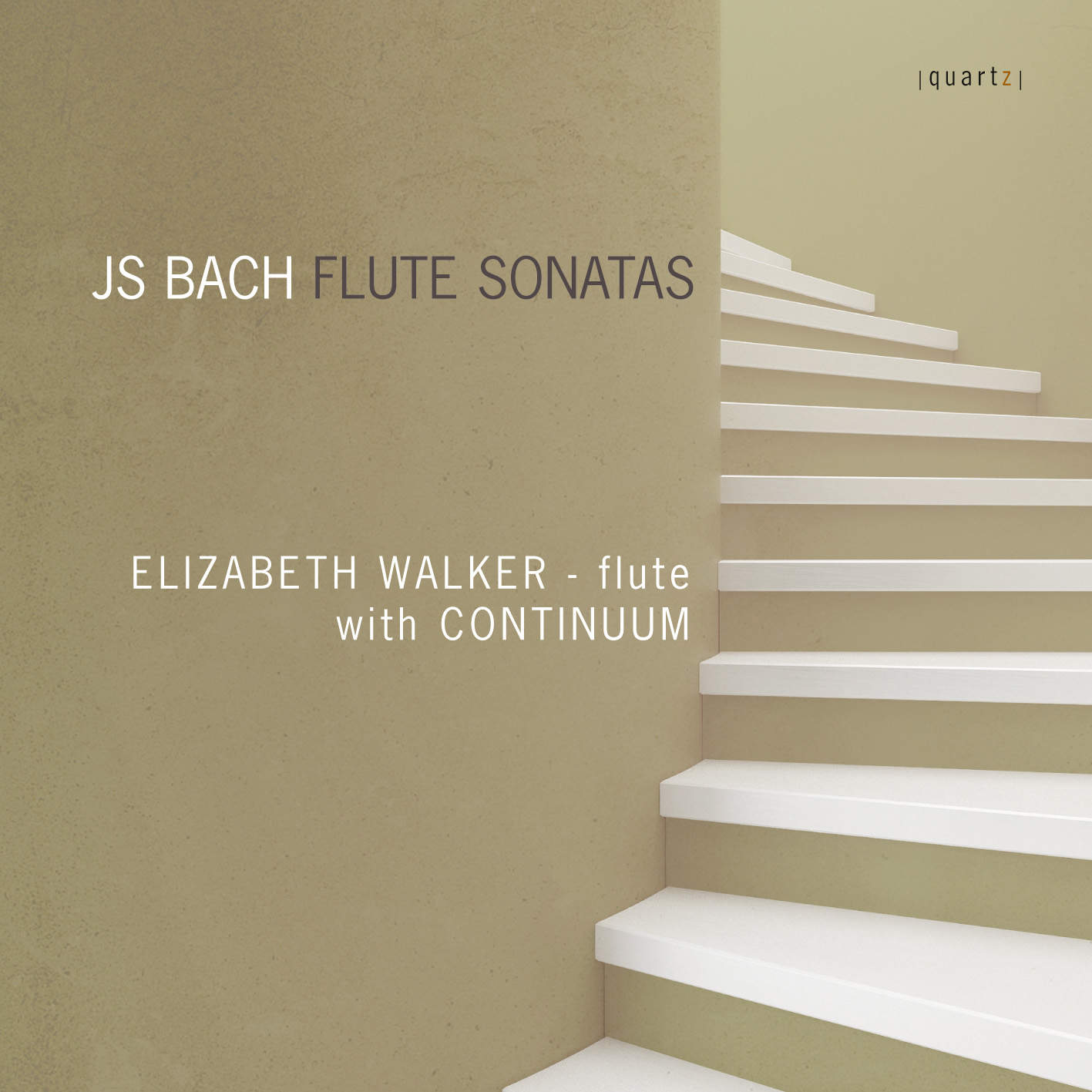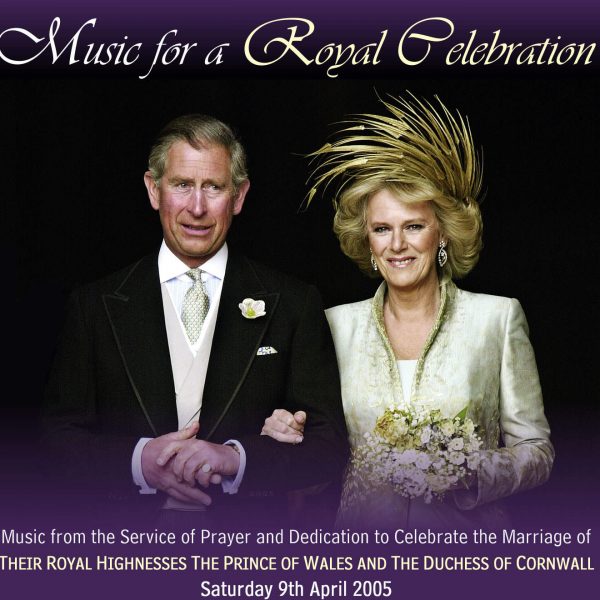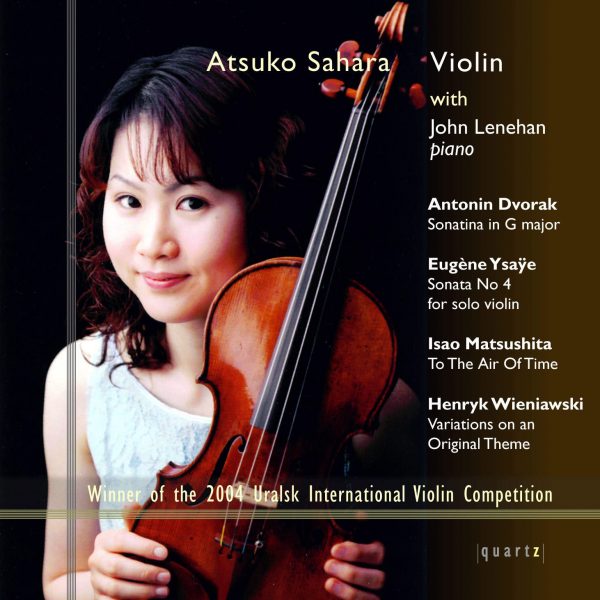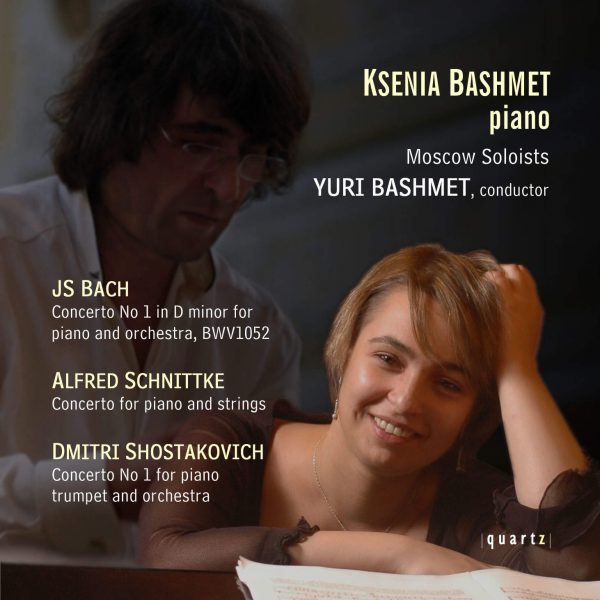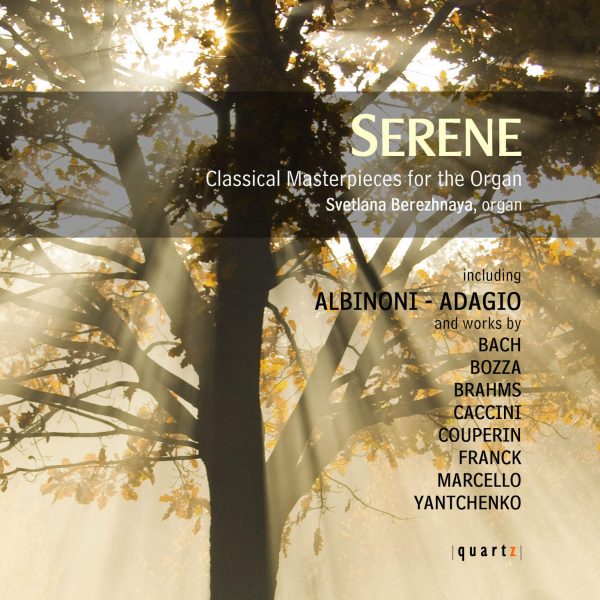JS Bach – Flute Sonatas
Price range: £4.99 through £11.99
Sonata in E minor, BWV1034
Sonata in C major, BWV1033
Sonata in E major, BWV1035
Partita in A minor, BWV1013
Sonata in B minor, BWV1030
About This Recording
“And what your pen had writ, the highest art displaying’Did some with joy and some with envy contemplate.”(From a sonnet on Bach by Telemann, January 1751 taken from ‘Bach –An Extraordinary Life’ by D. Moroney)
After seven generations of the Bach dynasty had worked, performed and taught music in and around Germany the name Bach had become synonymous with ‘musician’. Johann Sebastian Bach, born in Eisenach in 1685 was to prove the most inventive and creative of the family with an innovative use of harmony, chromaticism, lyricism and musical understanding that was to inspire musicians from the day he first put pen to paper. With his inherited name, it was clear that work was not going to be hard to find and he enjoyed a number of posts in important locations such as Weimar (1708 – 1717), Cothen (1717 – 1723) and Leipzig (1723 – 1750) where he died. Much is documented about his life after the first biography was compiled by his son, Carl Philip Emmanuel Bach in 1751 (published as ‘Nekrolog’ in 1754). However, very little indeed is actually known about his flute sonatas. They are thought to have been scribed by pupils and certainly the accuracy of the slurs and some of the notes and rhythms leaves much to the imagination.
I have chosen to record the obligato sonata (with a fully written out harpsichord part of equal importance to the flute) in B minor, three of the continuo sonatas (in which the harpsichordist decides how to fill in the harmonies) in E minor, E major and C major and the solo partita in A minor. The obligato sonata can be regarded as an adaptation of a trio sonata in which the two solo lines are played on the flute and in the right hand of the harpsichord. In the first and last movements of the B minor sonata, the lines intertwine intricately above the bass line in the left hand of the harpsichord. The canonic use of the tune between the two solo lines is most distinctive and entangles the rhythmic phrases in a complicated chase. By way of contrast, the second movement feels like an improvised, lilting and yearning song above rippling chords.
The E minor, E major and C major sonatas are in a more traditional format where the dominant bass line in the left hand of the harpsichord is sustained and doubled by the cello. The harmonies are supplied by the right hand of the harpsichord, implied by the use of a figured bass (a system of numbers indicating chords in relation to the bass note). It is a great skill of the continuo player to supply both the rhythm and melody from these figures, but this art was at its height in the Baroque Era. The flute line is more separately a solo line now, although the bass line in the E minor sonata imitates the flute to produce an intimately woven texture in the poignant first movement and in the final movement where the flute and cello appear to be in a conversation. On this recording the harpsichord is not tuned to an equal temperament (like a modern piano – where every semitone is exactly the same size) but to ‘Vallotti’ the semitones are fractionally different in size). By adopting this temperament, which was used in Bach’s time, we intend to highlight the different qualities of each key. In the early Eighteenth Century, composers had been sticking to the ‘simple’ keys with few sharps or flats, due to tuning difficulties and limitations of the still developing wind instruments. By writing in remote keys, Bach challenges musicians of his time. He was also aware of some vital developments being made at this time to the baroque flute. His brother Johann Jakob Bach (1682 – 1722) was studying the flute with the virtuosic Pierre Gabriel Buffardin, flautist in Dresden’s French-style Court Orchestra. Another of Buffardin’s pupils was the prodigiously talented Johann Joachim Quantz (1697 -1773), a composer and performer, instrument maker, writer of ‘Versuch einer Anweisung die Flöte traversiere zu spielen’ (1752) and teacher to Frederick the Great of Prussia. Quantz was designing a key to distinguish between the notes Eb and D# and also increased the tonal qualities of the flute by tapering the flute more sharply and opening up the embouchure holes. Buffardin meanwhile added a foot register and screw-cork, both features to enhance the possibilities of tuning the flute. It seems very likely that the existence of these developments and the virtuosity of these flautists in Potsdam may have inspired Bach to write the technically demanding flute sonatas. This is particularly evident in the Sonata in E major, where the use of chromatic notes accentuates the moments of heightened tension and which has a tonal scheme that extends to the remotest key of G# Minor. These are clearly intended as a compliment to the skill, taste and qualities of the special instruments of the Dresden flautists. I was introduced to the flute sonatas on baroque flute by Stephen Preston, Wilbert Hazelzet and Barthold Kuijken. The baroque flute enhances the subtleties of key and harmonies through the natural irregularities in the chromatic scale. Some notes are blown softly due to their slightly higher pitch and weakened tone (due to the holes in the wooden, conical bored flute); other notes are blown brightly and firmly due to their lower pitch and open tone (no gaps in the fingering, so the air flows more regularly). The baroque flute’s tone is much more intimate than a modern flute’s and the variety in articulation and phrasing which is available to the player produces a more expressive performance. The phrases are easier to breathe and the ornamentation is perhaps easier too. However, I have decided to play these sonatas on a modern flute because I want to demonstrate that their essential character can be preserved. I have enjoyed incorporating as many of the baroque techniques as possible onto this instrument. The larger resonances and dynamic intensity and variety are possible on the wider bored modern flute is just as effective in opening up the magical expressiveness in Bach’s music, though perhaps in a different way from the baroque flute . I have also experimented with baroque articulation (as described by Quantz in his book ‘Versuch einer Anweisung die Flöte traversiere zu spielen’) on the modern flute and find that much of the music’s variety and expression can be retained in this way. We recorded our CD in October 2010 in St John the Baptist Church, Pilton, Somerset. This village, made famous as the venue for the Glastonbury Festival, sits on the edge of the Somerset Levels. According to Saxon legend, it is where Joseph of Arimathea landed in Britain in the 1st century. Our many thanks go to the congregation, to the rector, Revd David Osborne, Pilton Parish Council and the churchwardens. I would also like to thank our sound engineer, producer and editor, John Hadden and to his assistant, Henry Walker. E.Walker – 2011 The instruments: –
Elizabeth plays a wooden flute built by Harry Seeley for the Flute Makers Guild. 1960’s
Christopher’s cello is an Antonio Amati 1620 / 1680 Tyrolean front.
Michael is playing his own single manual Flemish-type harpsichord, built in 1984 in the style of instruments by Andries Ruckers.
Track Listing
-
J.S. Bach
- Sonata in E minor BWV 1034 (i) Adagio ma non tanto
- Sonata in E minor BWV1034 (ii) Allegro
- Sonata in E minor BWV1034 (iii) Andante
- Sonata in E minor BWV1034 (iv) Allegro
- Sonata in C major BWV1033 (i) Andante
- Sonata in C major BWV1033 (ii) Allegro
- Sonata in C major BWV1033 (iii) Adagio
- Sonata in C major BWV1033 (iv) Menuetto I and II
- Sonata in E major BWV1035 (i) Adagio ma non troppo
- Sonata in E major BWV1035 (ii) Allegro
- Sonata in E major BWV1035 (iii) Siciliano
- Sonata in E major (iv) Allegro assai
- Partita in A minor BWV1013 (i) Allemande
- Partita in A minor BWV1013 (ii) Corrente
- Partita in A minor BWV1013 (iii) Sarabande
- Partita in A minor BWV1013 (iv) Bouree Anglaise
- Sonata in B minor BWV1030 (i) Andante
- Sonata in B minor BWV1030 (ii) Largo e dolce
- Sonata in B minor BWV1030 (iii) Presto - Allegro
